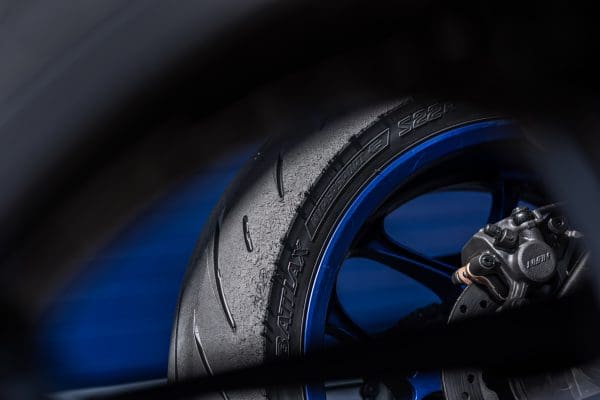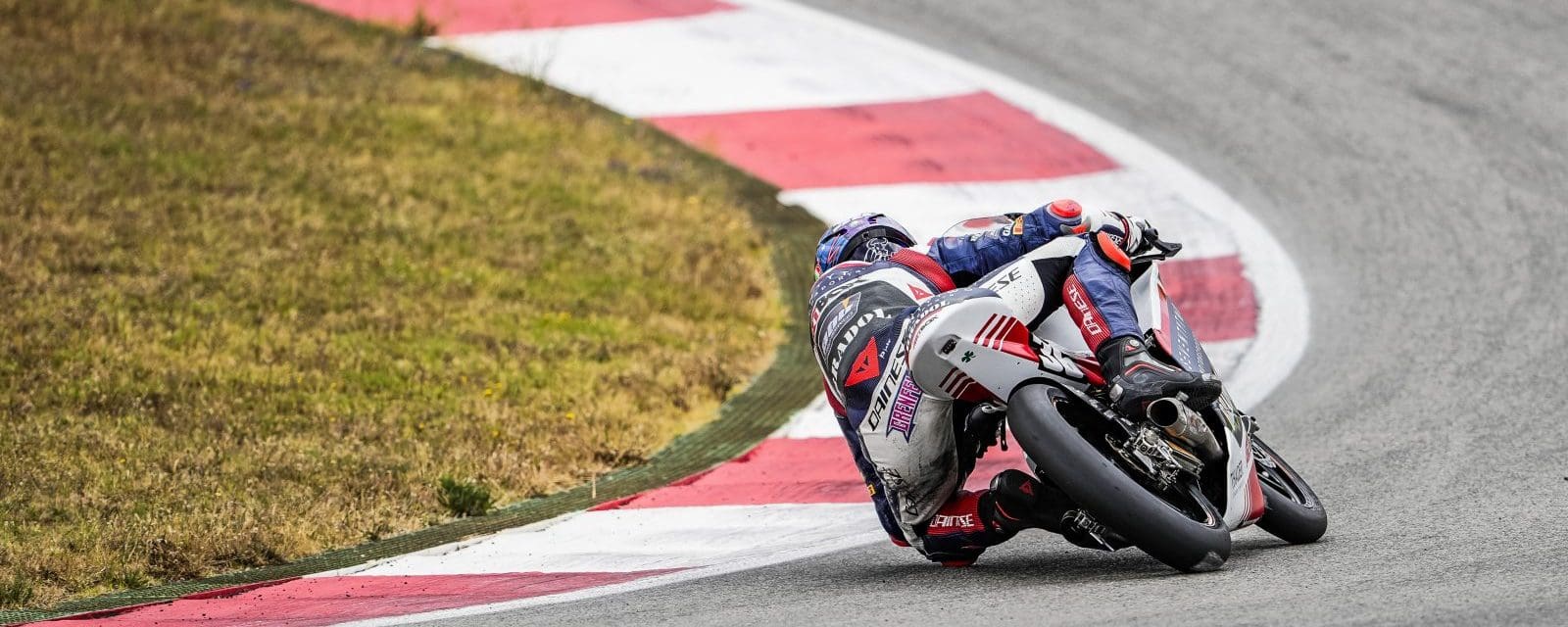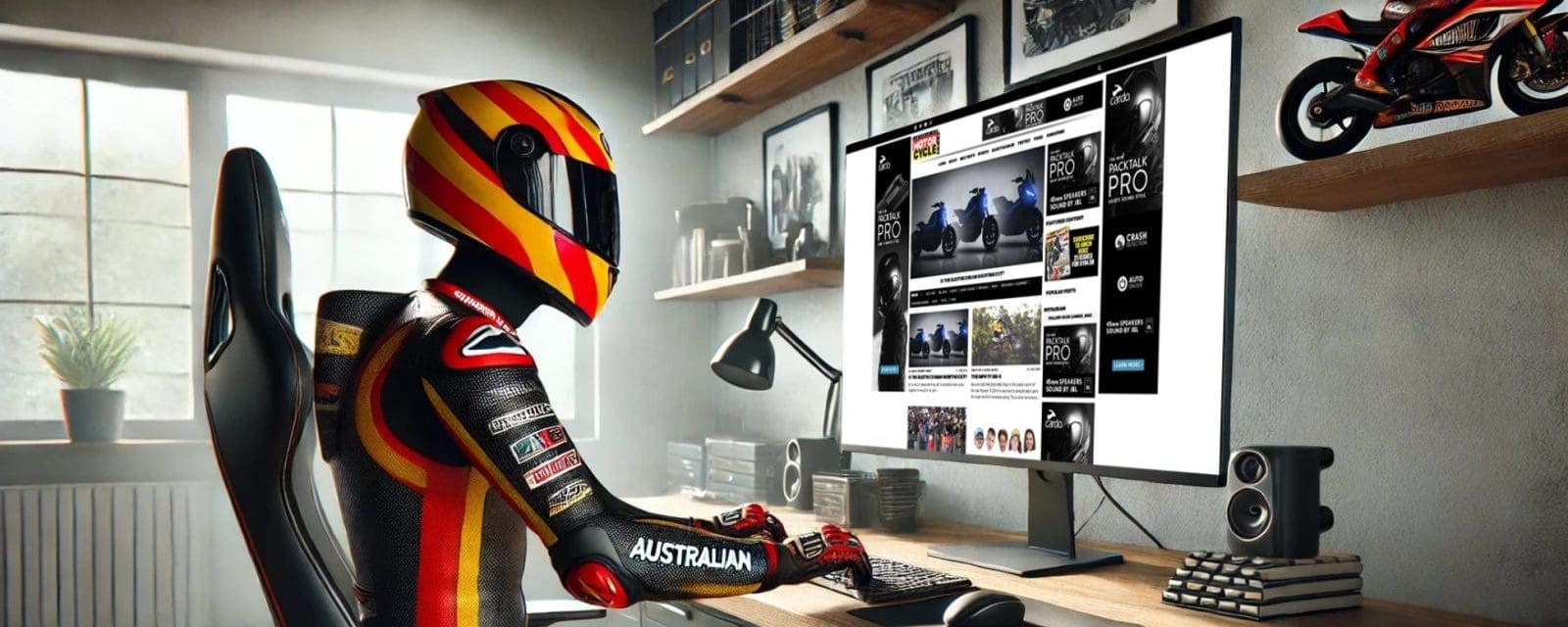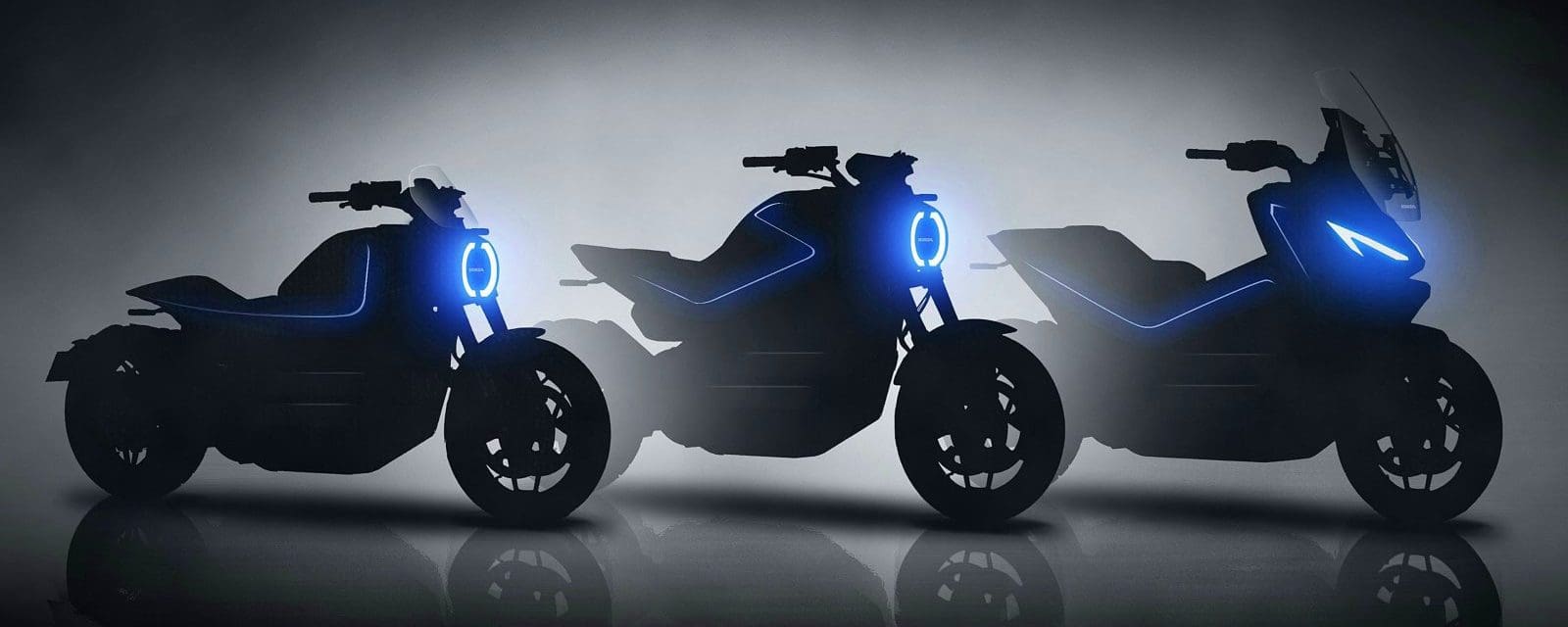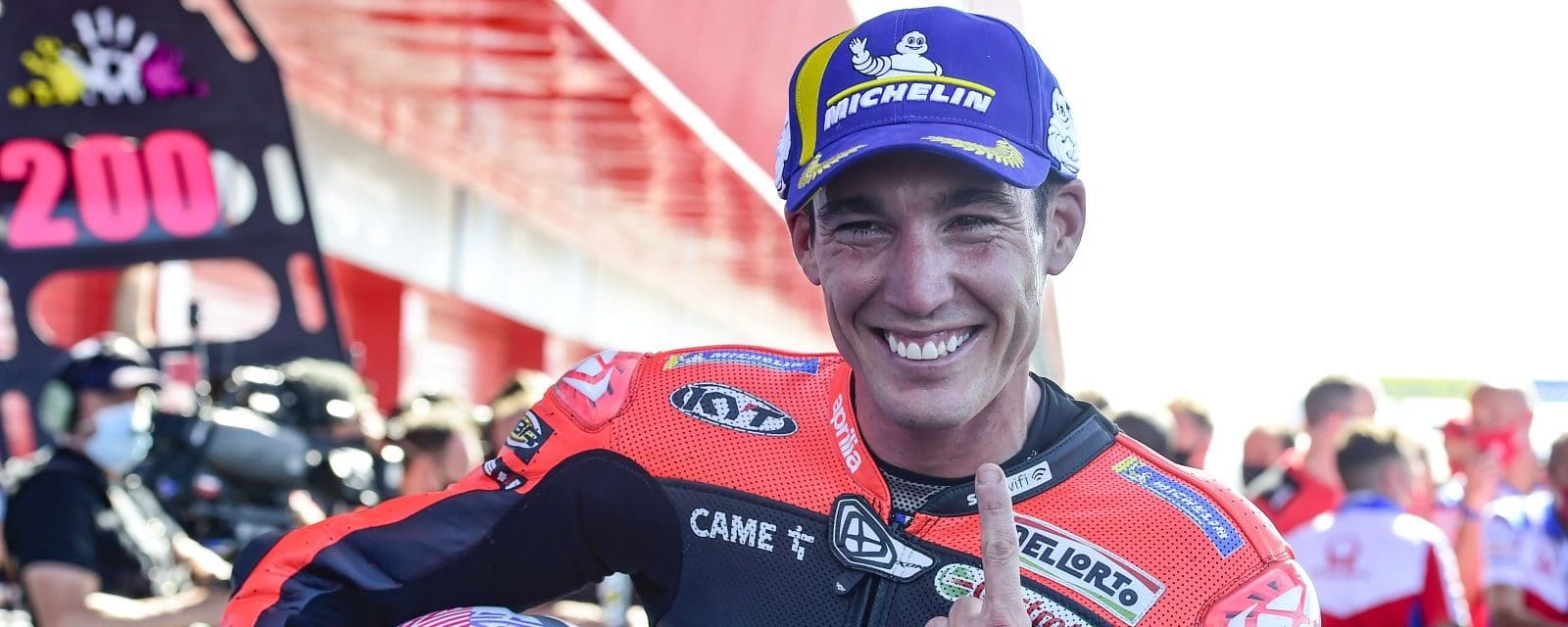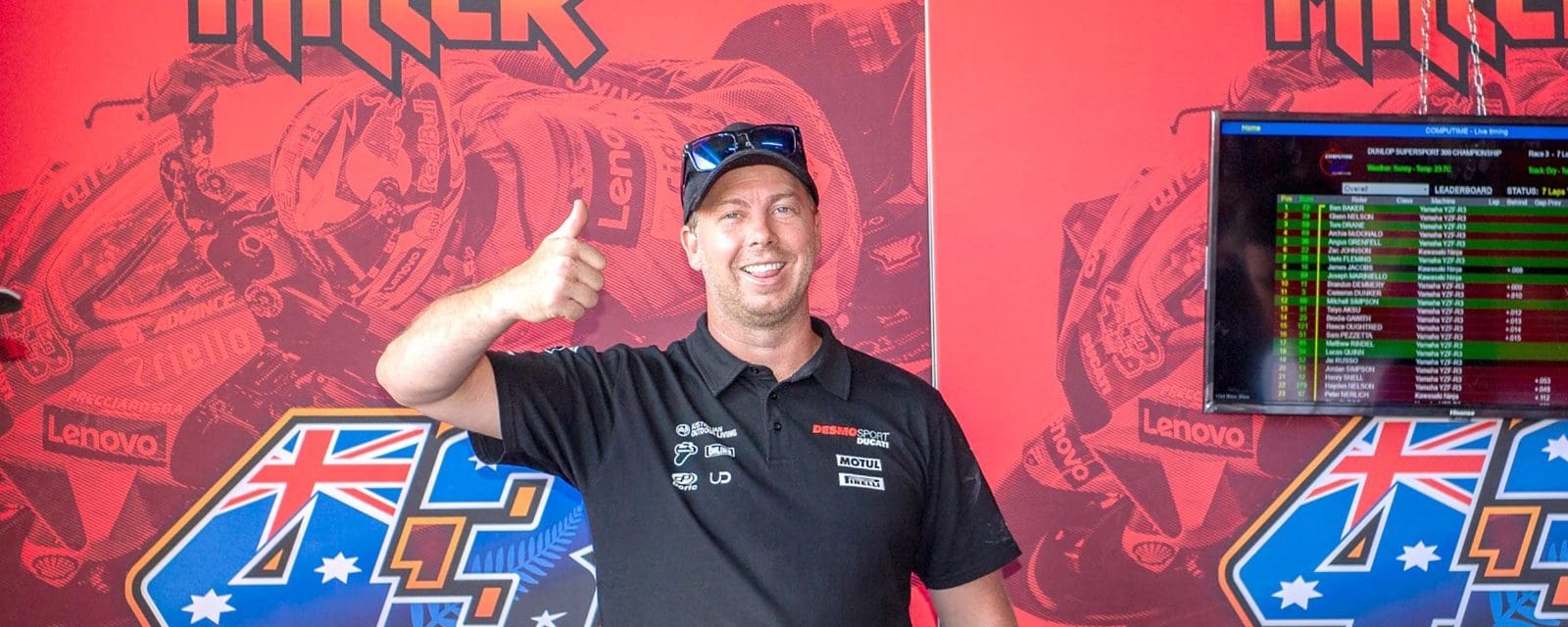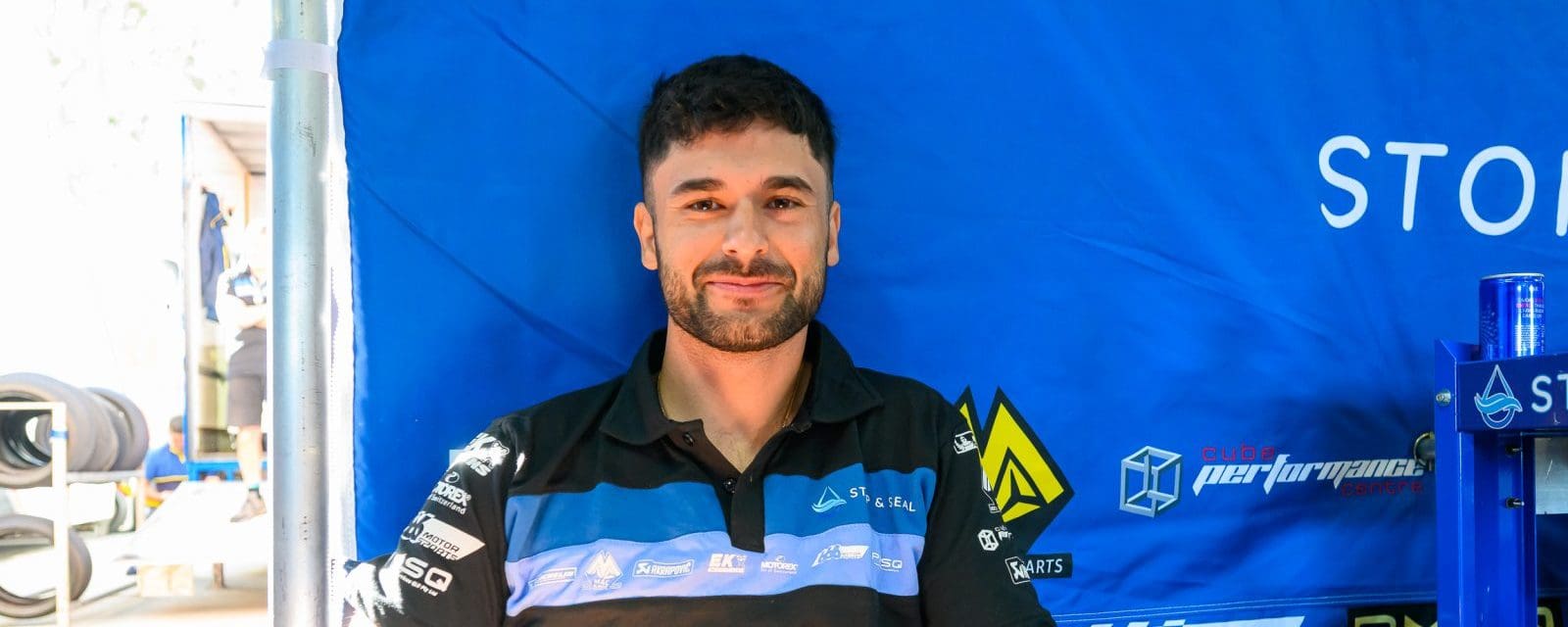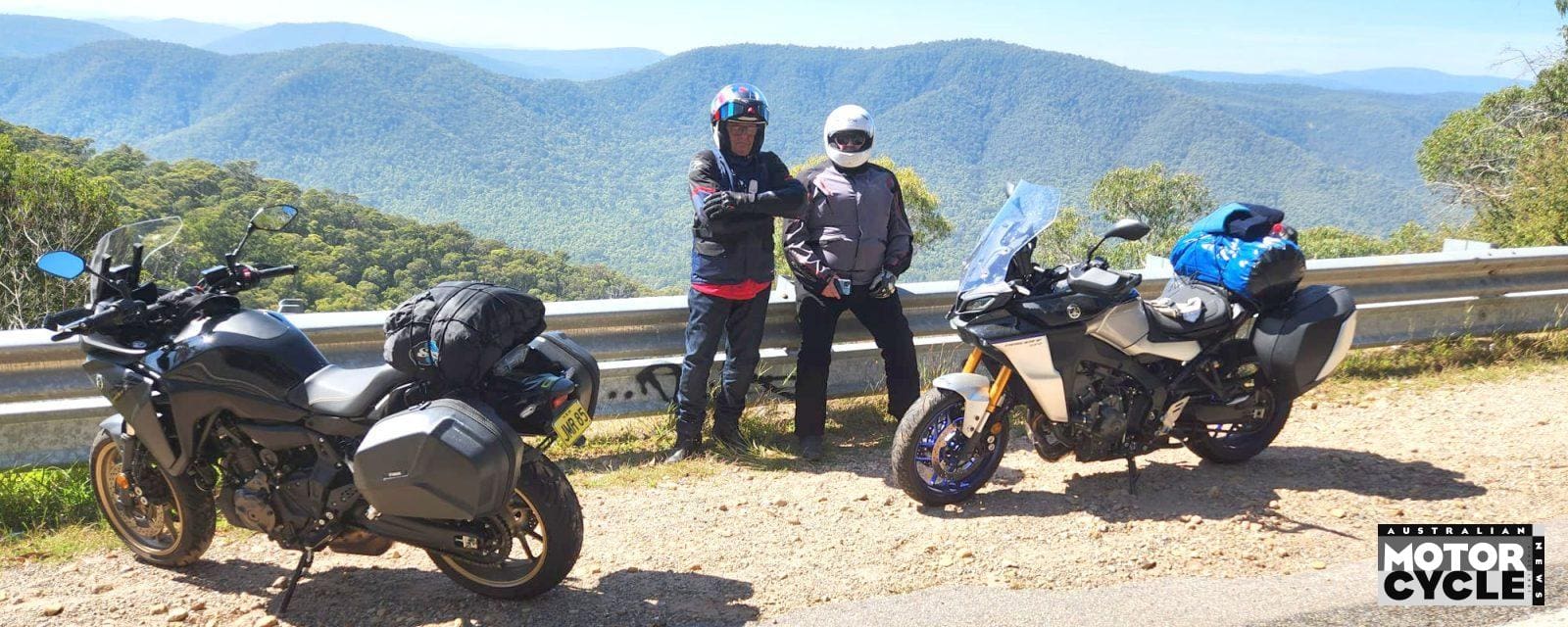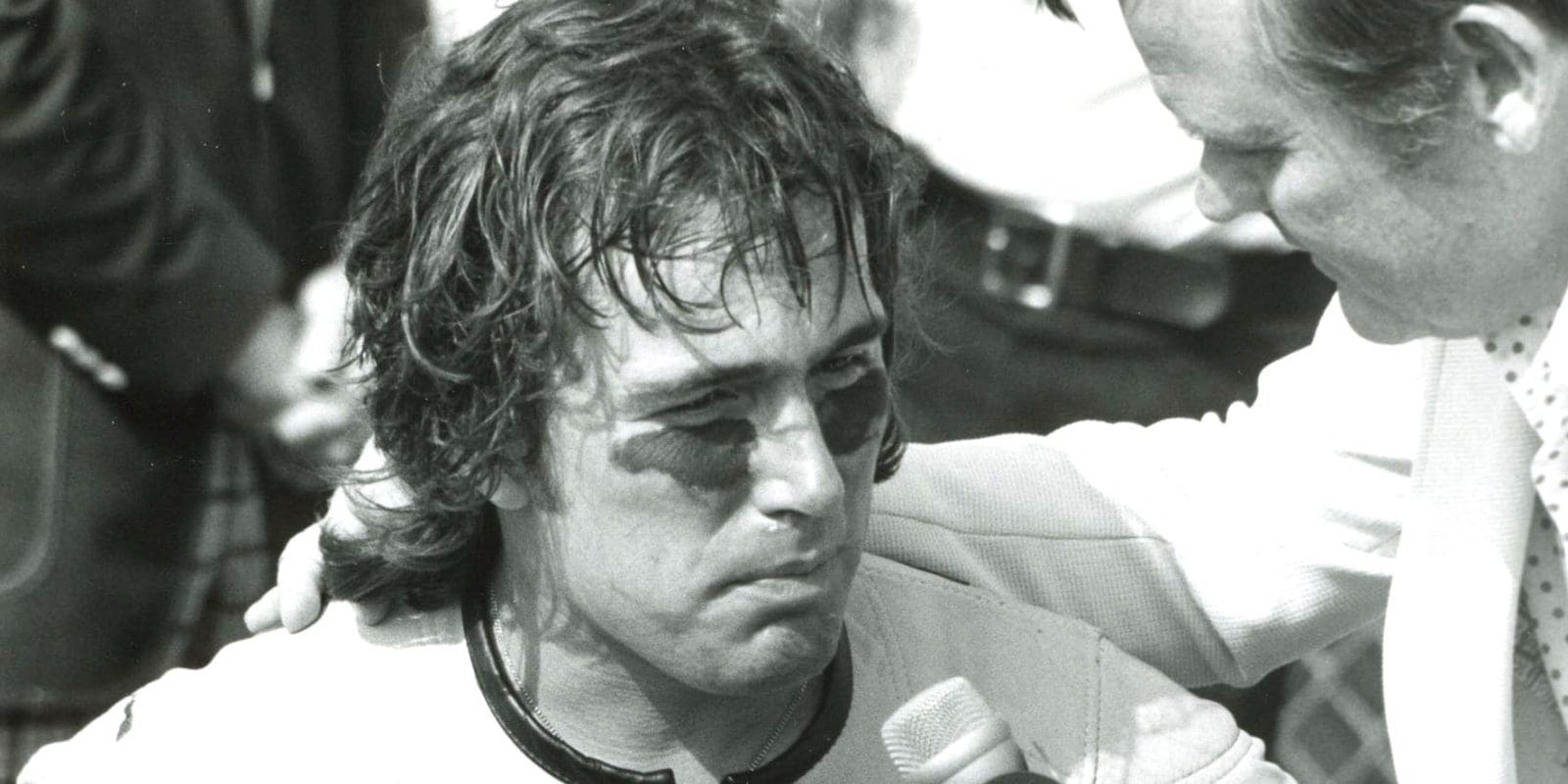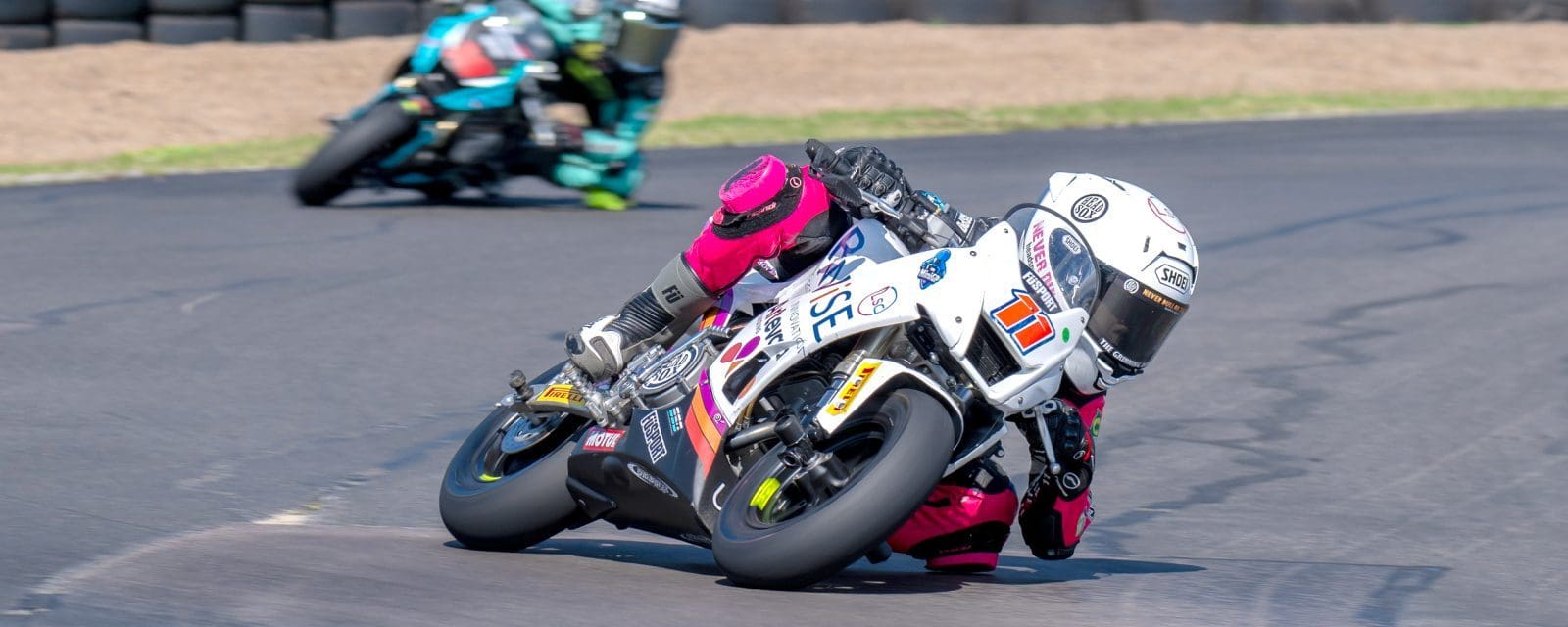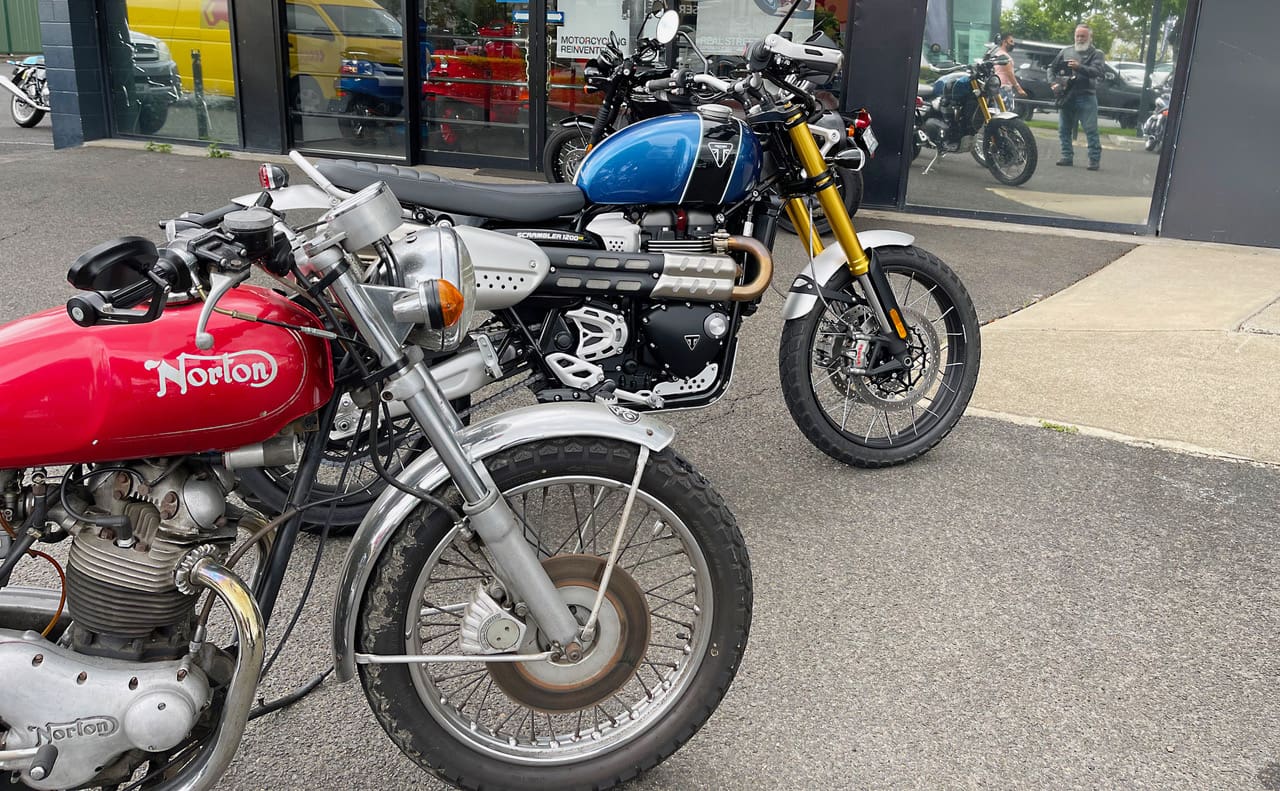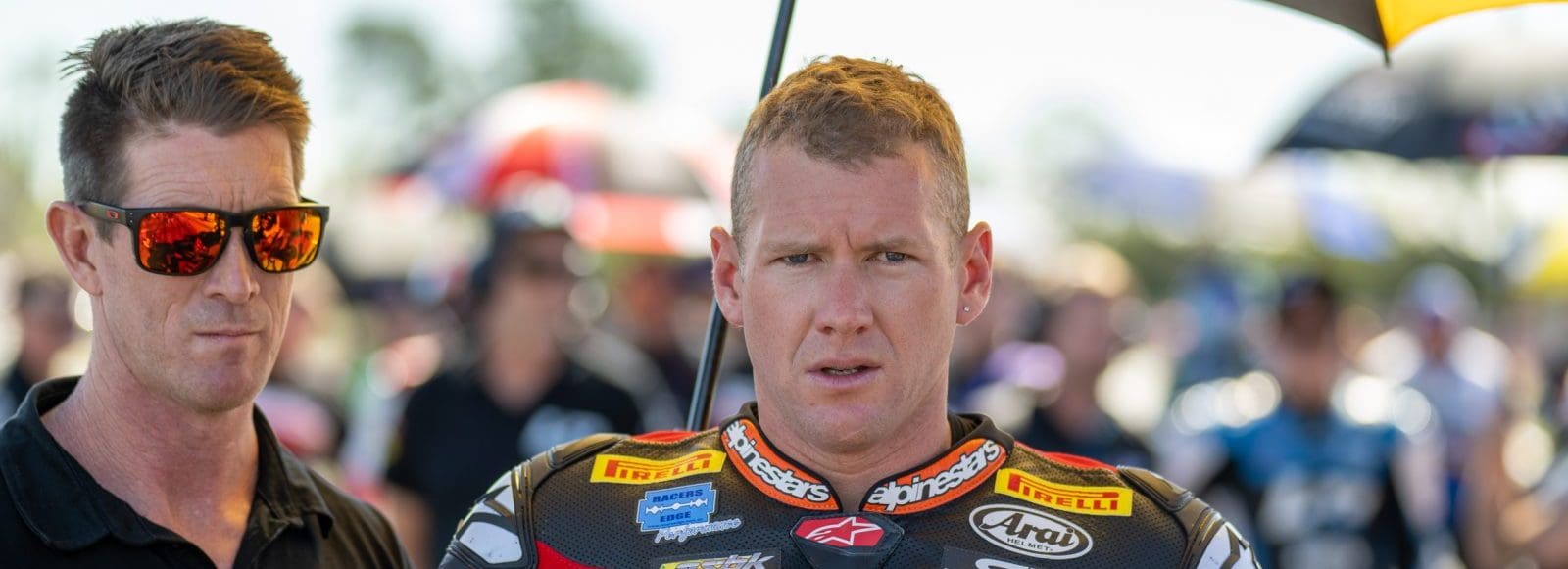Tyres play a vitally important role in how a bike steers, stops and goes. Tyre companies spend millions on developing a product, and the tech filters down from the top. Tyres have to cope with incredible loads, temperatures and abuse from the rider.
Developing a tyre involves a multitude of very clever people. Tyre development is often lap time versus lifetime. Tyres need to be proven in a controlled environment with consistent factors. The bike remains virtually unchanged once an initial setup is achieved and benchmark lap times are reached with a control product. Everything is monitored, from basic engine vitals right through to acceleration/braking G forces and surface tyre temperature measured with cool stuff like infrared beams. Think of the bike and test track like a dyno; it doesn’t matter what you’re measuring, it’s only important that it’s measurable.
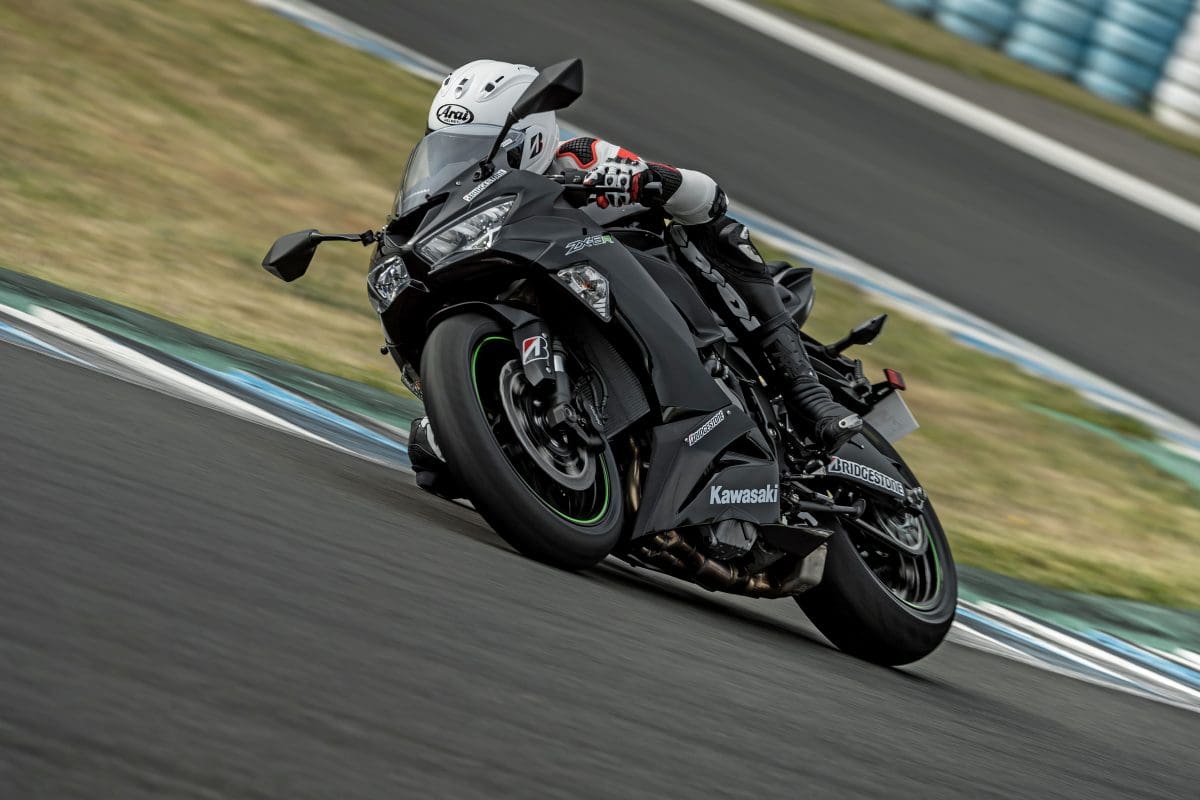
A track provides a constant, while the development rider samples options
What next?
Tyres are then tested in groups with the rider having no idea what hoop is fitted to the bike. The tyre is heated to optimal working range and once the test has been completed (anywhere between six and 60 laps per tyre), the feedback from the rider is given in conjunction with a sizeable data download from the bike. It’s incredible how in tune a rider can become to the process. When there is no variable other than the tyre and target lap time with the strongest emphasis on feedback of the product, the results are often robotic.
The target isn’t always the same, however. New theories and construction processes are always taking place, which can mean that a test can be solely about matching a front tyre to a rear tyre. Different build methods also produce varied results with changes of less than a few percent, meaning lap times vary by seconds. Front tyre testing is often the most difficult as it’s the highest risk of crashing and analysts don’t like crashes. This also raises potential confidence and inconsistencies in the human element riding the bike.
Occasionally, after sometimes dozens of revisions, a winner is chosen that rates highly on both feedback and data. On the flipside someone always gets the blame for the rubbish tyre. I regularly blamed a guy called Stu; his qualifications were difficult to pronounce and started with PhD.
This process is the same for wet and intermediate tyre testing as well. Even when it’s torrential rain, the tech guys love to know just how wet it has to be before a tyre no longer works or runs out of grip. Yes, it’s often terrifying, if that’s what you were thinking. The idea is to keep the rider in the dark to separate any preformed opinion, with tyres often being labelled as base letters and numbers on the test plan.
A typical two-day test can see upwards of 100 laps per day at the targeted lap time on any number of experimental products. We’re talking Area 51-type stuff here, with no photos, no videos and top-secret reports. Tests don’t have to produce a lap time to be successful either. Often success is measured if a tyre reaches a certain lap count without chunks falling off it.
All of this aside, this is the work that paves the way for the technology filtering down to the consumer and it all makes the market more competitive and the products better. The science doesn’t just involve adding a pinch of grip and baking until set – it’s terabytes of data, formulas, feedback and good old-fashioned hard work.
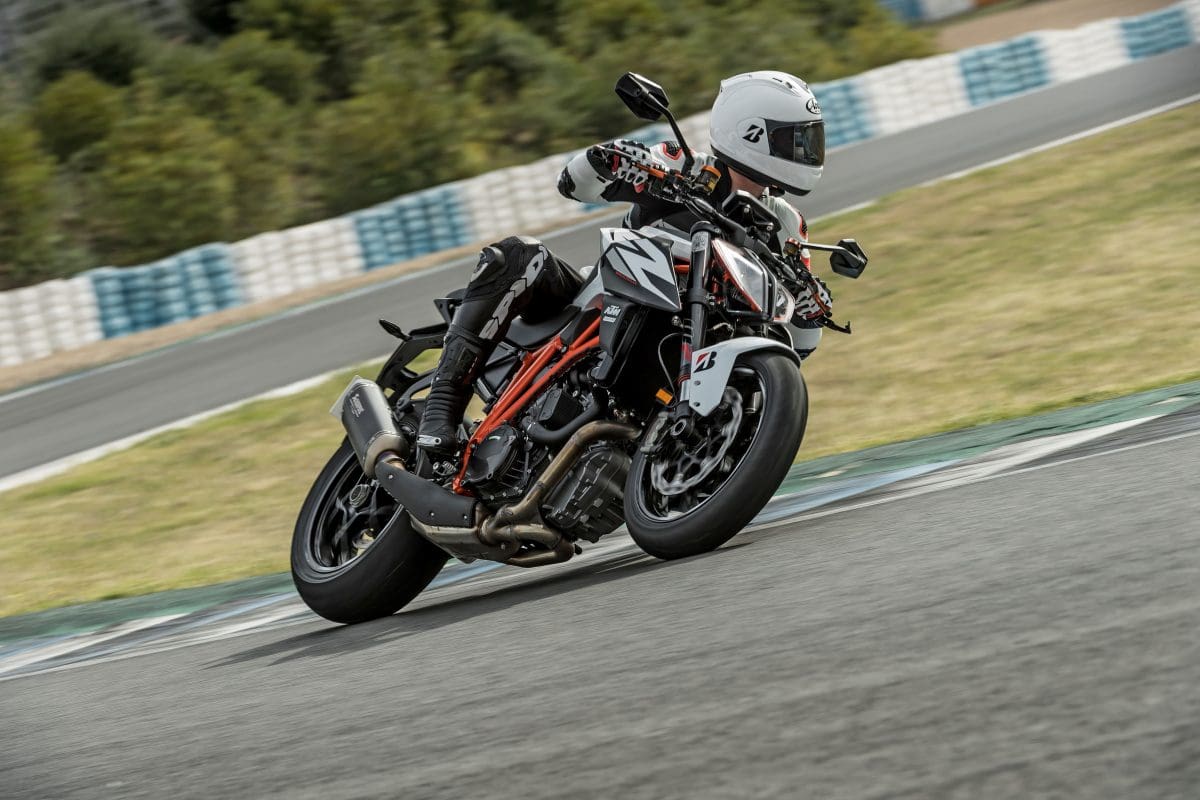
Effort versus reward
Often tyre companies advertise a tyre that has improved handling and sharp steering, this is all measurable as well. Incredibly sophisticated micro sensors on the handlebars and footrests measure flex of metals and therefore effort of the rider giving input to the chassis. These measurements can then be referenced against lean angles and lateral G force, so that a percentage of improved steering performance or speed of direction change can be obtained.
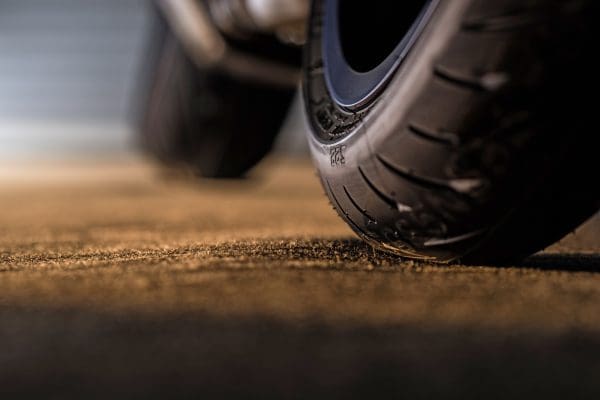
Data recorded
Temperature is critical for grip. A typical operating window can be around 80-100 degrees Celsius, measured with a probe penetrating 5mm into the rubber. However, if you measure surface temperature on the fly in real-time, tyre temp can fluctuate between 70 and 120 degrees Celsius in a matter of seconds. This is why it’s important to have asymmetrical tyres for certain circuits. The tyres can have vast temperature differences and, hence, this is why we see cold-tire crashes. It also takes up to four or five laps for the temperature inside the tyre to reach its peak – even after being heated by tyre warmers for hours.
